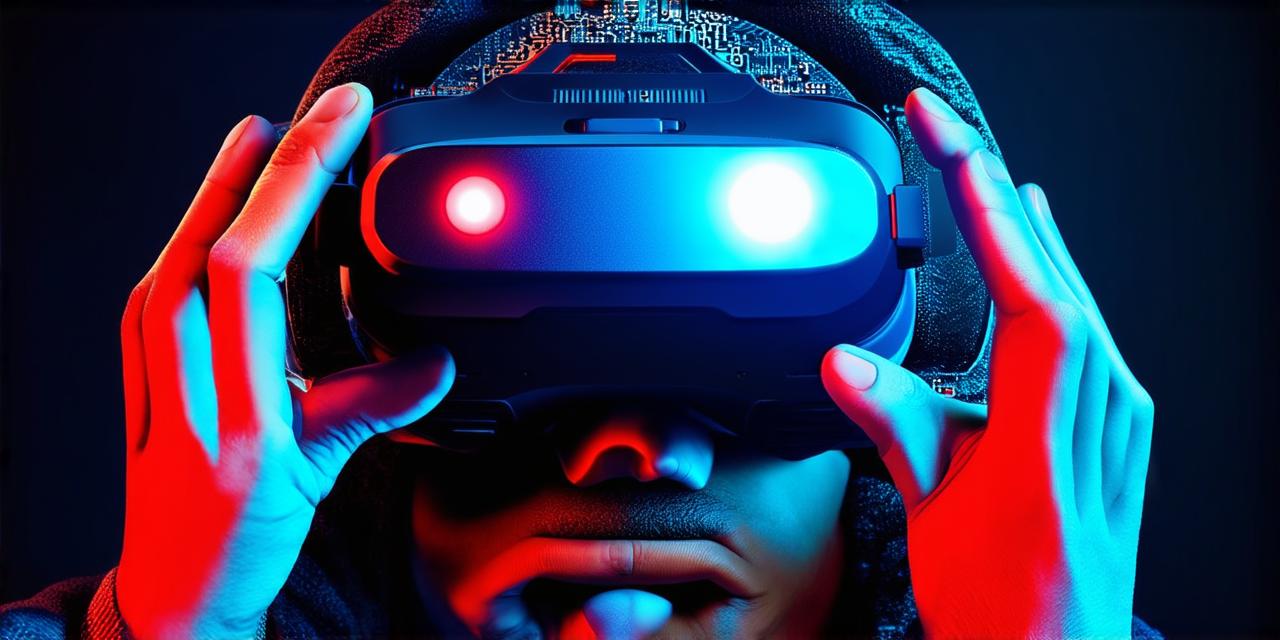1. Know Your Audience
Before you start developing your VR game, it’s important to understand who your target audience is. Are they tech-savvy gamers or casual players? Do they prefer action-packed games or more laid-back experiences? Once you have a clear understanding of your audience, you can tailor your development process and design elements that will appeal to them.
Case Study: Beat Saber
Beat Saber is a rhythm game developed by Beat Games that was released in 2017. The game quickly became a hit among VR gamers and has since sold over 5 million copies. The developers knew their target audience – tech-savvy gamers who enjoy music and rhythm games. They optimized the game’s design, graphics, and sound effects to create an immersive experience that would appeal to their target market.
2. Emphasize Immersivity
One of the key features of VR is its ability to provide a truly immersive experience. To make the most of this platform, developers should focus on creating environments and experiences that feel as realistic as possible. This can be achieved through the use of high-quality graphics, sound effects, and motion tracking technology.
Case Study: Half-Life: Alyx
Half-Life: Alyx is a VR game developed by Valve that was released in 2020. The game has received critical acclaim for its immersive experience and stunning graphics. The developers used advanced motion tracking technology to create a realistic environment that would transport players into the world of Half-Life.
3. Keep it Simple
While VR offers endless possibilities, it’s important to remember that simplicity is key when it comes to game development. Developers should focus on creating intuitive controls and simple gameplay mechanics that are easy for players to pick up and play. This will help to reduce frustration and increase overall enjoyment of the game.
Case Study: Job Simulator
Job Simulator is a VR game developed by Oculus that was released in 2016. The game has been praised for its simple yet engaging gameplay mechanics, which allow players to experience various jobs in a realistic VR environment. The developers focused on creating intuitive controls and straightforward gameplay, which has helped the game to attract both casual and hardcore gamers alike.
4. Optimize Performance
One of the biggest challenges facing VR game developers is optimizing performance. VR games require high-end hardware to run smoothly, and even small performance issues can lead to motion sickness and a negative player experience. Developers should focus on optimizing their code, reducing draw calls, and using efficient algorithms to ensure that their games run smoothly on all platforms.
Case Study: Resident Evil 7
Resident Evil 7 is a VR game developed by Capcom that was released in 2016. The game has been praised for its smooth performance and immersive experience, even on lower-end hardware. The developers focused on optimizing their code and reducing draw calls to ensure that the game ran smoothly on all platforms.
5. Consider Accessibility
Finally, developers should consider accessibility when designing VR games. This includes not only making sure that the game is accessible to players with disabilities but also considering the physical requirements of playing a VR game. For example, some players may experience motion sickness or discomfort if they spend too much time in a cramped or cluttered virtual space.
Case Study: Tilt Brush
<p
